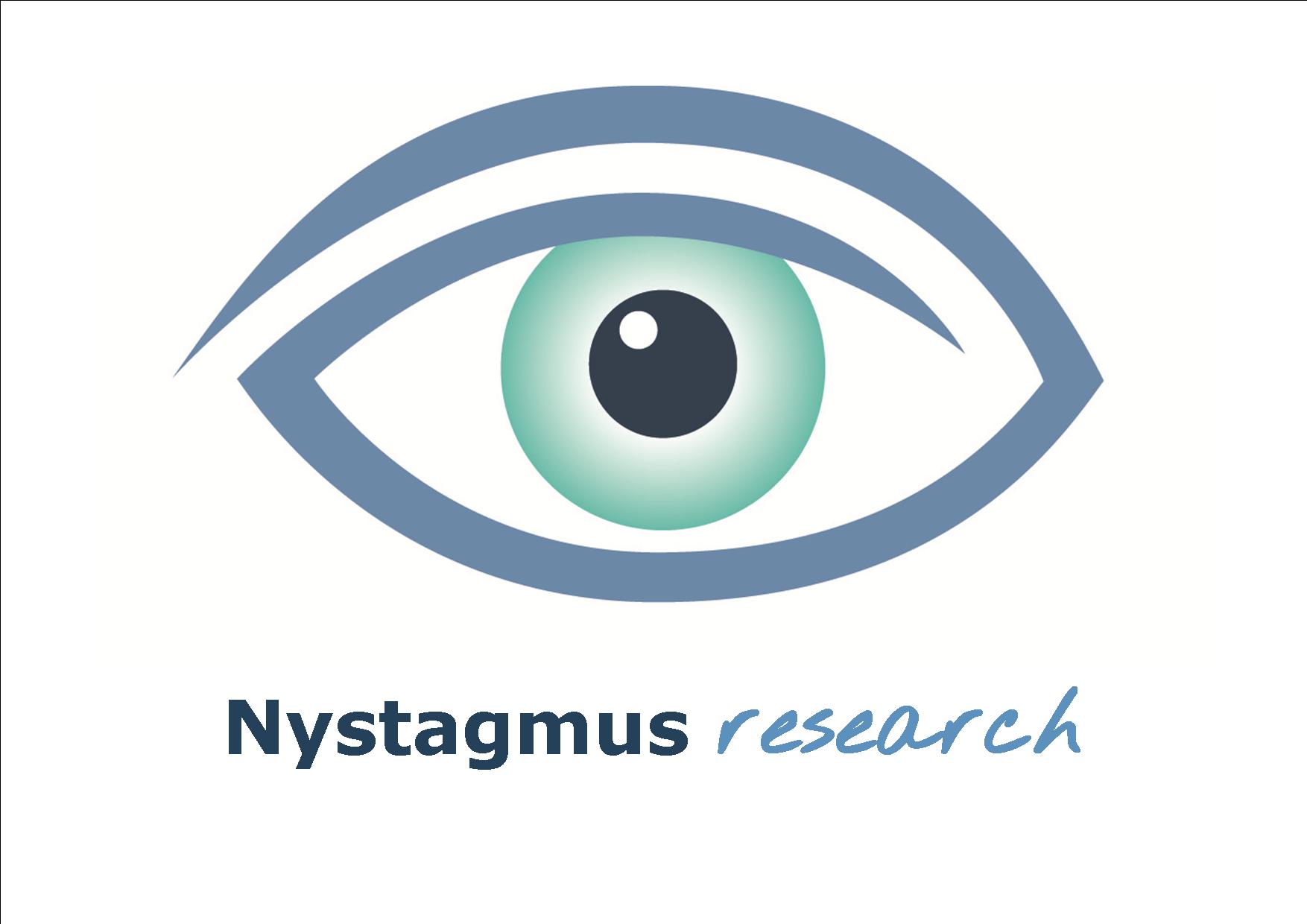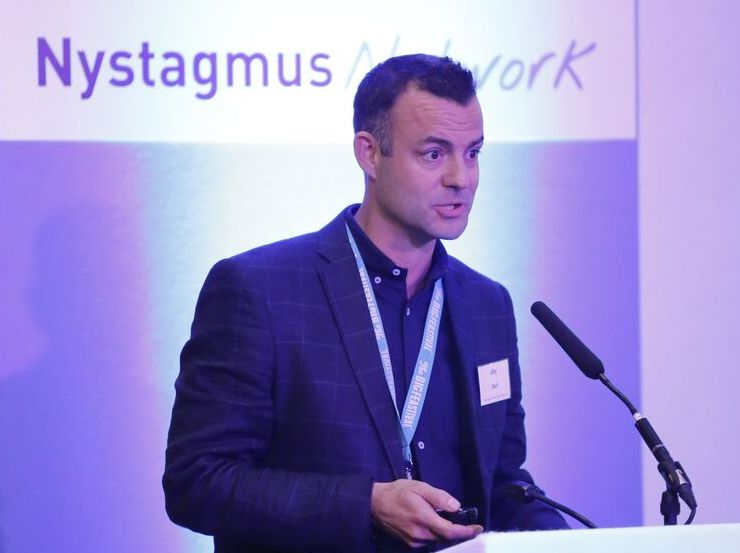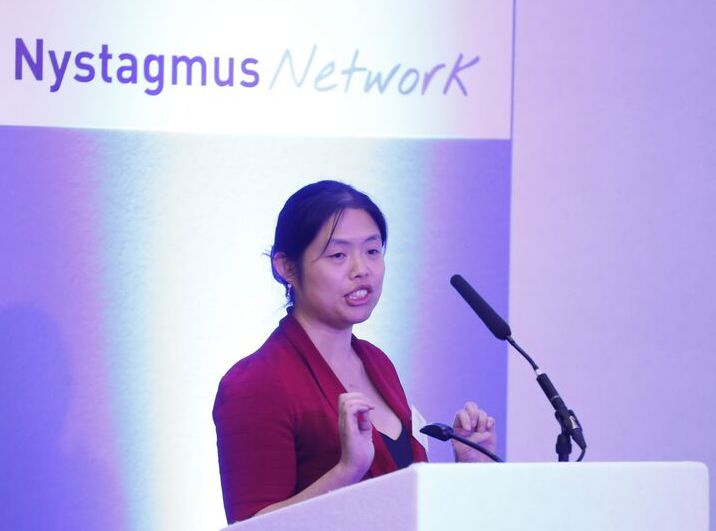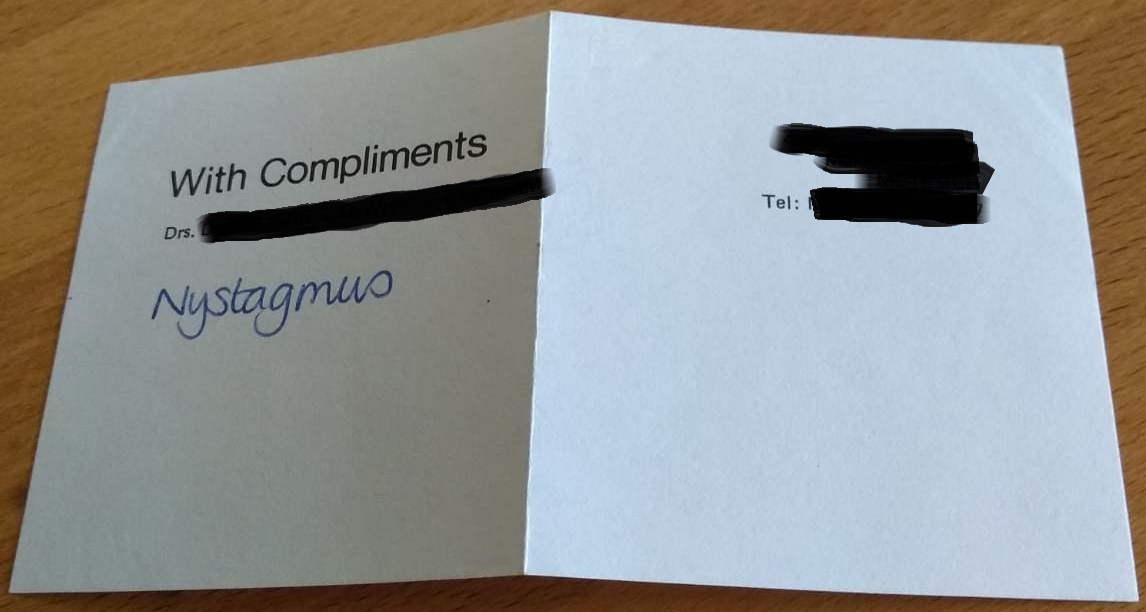We asked a group of Nystagmus Network supporters what questions they would most like to put to nystagmus researchers. Then we found researchers to answer them.
Your questions were answered by Jay Self (JS), a Consultant Paediatric Ophthalmologist at University of Southampton and nystagmus researcher and Helena Lee (HL), a Consultant Ophthalmologist at University of Southampton and a nystagmus researcher
Question 4: How much would it cost to cure nystagmus?
(HL) The grant that I got, which isn’t going to cure even a fraction of nystagmus, was £1.4 million and that’s only the beginning. It’s not going to cure it completely.
(JS) So that’s one small clinical trial. The L-Dopa study is going to work for a subset of a subset of people with albinism. It may well not work in all of them. This is the first clinical trial and usually you need a few clinical trials to get things going. So we are talking about millions and millions and millions of pounds.
The Nystagmus Network is enormously grateful to Jay and Helena who gave up their time on a sunny Saturday afternoon to answer questions from the nystagmus community so openly and fully.




